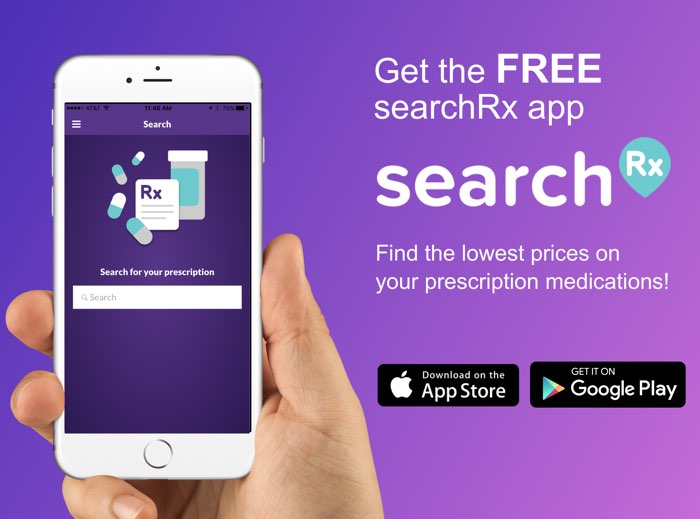
Telemedicine is the exchange of medical information between a patient and healthcare provider via email, video, chat, mobile phone and other telecommunication tools and applications. Telemedicine has been around for over 40 years, and was created for the purpose of getting healthcare for people located in remote rural areas. Telemedicine began with telephone consultations and has grown to take advantage of all the communication tools that modern technology has to offer. Doctors and nurses can now remotely monitor patients, make diagnoses, do follow-up appointments and more.
The Benefits of Telemedicine
According to a recent study published in Pediatrics using the Yale Observation Scale, clinicians that diagnosed children via telemedicine did almost as well as those who observed patients in person. The benefits of telemedicine are many. It has been shown to reduce healthcare costs and provide patients with easier and quicker access to care. According to the American Medical Association, a new bill supporting telemedicine (if passed) could save us $1.8 billion over a 10-year period.
Telemedicine can sometimes provide a level of care that can’t be provided in a clinic or hospital, especially for mental health patients. For instance, some patients have social anxiety or other types of anxiety or phobias that are so severe, the only way they have finally sought help is through typing in a chat box to communicate with a healthcare provider online – no web cameras. Another advantage to telecommunication is that doctors are able to see patients in their home environments. Patients with chronic conditions, such as high blood pressure, take multiple medications, and many patients are unaware of drug interactions and side effects. Through video interaction, doctors can see what patients actually have in their medicine cabinets, ask them what they’re taking and when, and see if a drug has expired or if there are any possibilities for dangerous interactions.
Healthcare providers have also unintentionally spotted things in a patient’s home through video communication that could potentially be dangerous such as cords, tables or other objects that can be fall hazards for elderly people. This allows for a type of proactive care that wouldn’t have been possible before without in-home visits.
The Future of Telemedicine in the U.S.
Based on this 2015 study from Google Consumer Insights (below), it’s obvious that younger generations are more comfortable with the idea of telemedicine and virtual healthcare, and as time goes on this type of treatment will become more in demand and more commonplace. Young and busy professionals find telemedicine to be optimal for getting care when they need it – no need to make an appointment and miss work to drive to and from the doctor’s office. As this population ages, they will surely take advantage of telemedicine from the comfort of their own homes.
The demand for telemedicine services is growing quickly, and medical and telecommunication technology is rapidly improving to the point where most practitioners believe that telemedicine technology is ahead of current state medical board guidelines. According to a survey by the Academy of Integrative Health & Medicine (below), 56% of physicians believe that telemedicine technology is ahead of the current state medical board guidelines while 34% are unsure. That leaves only 10% of physicians that would disagree.
So, if you’ve ever been sick enough that you know you need to see a doctor, but have waited too long because you’re too busy to make an appointment, your doctor may already have or might soon offer the option to see them remotely. Ask your doctor about telemedicine or telehealth services next time you have an appointment.


